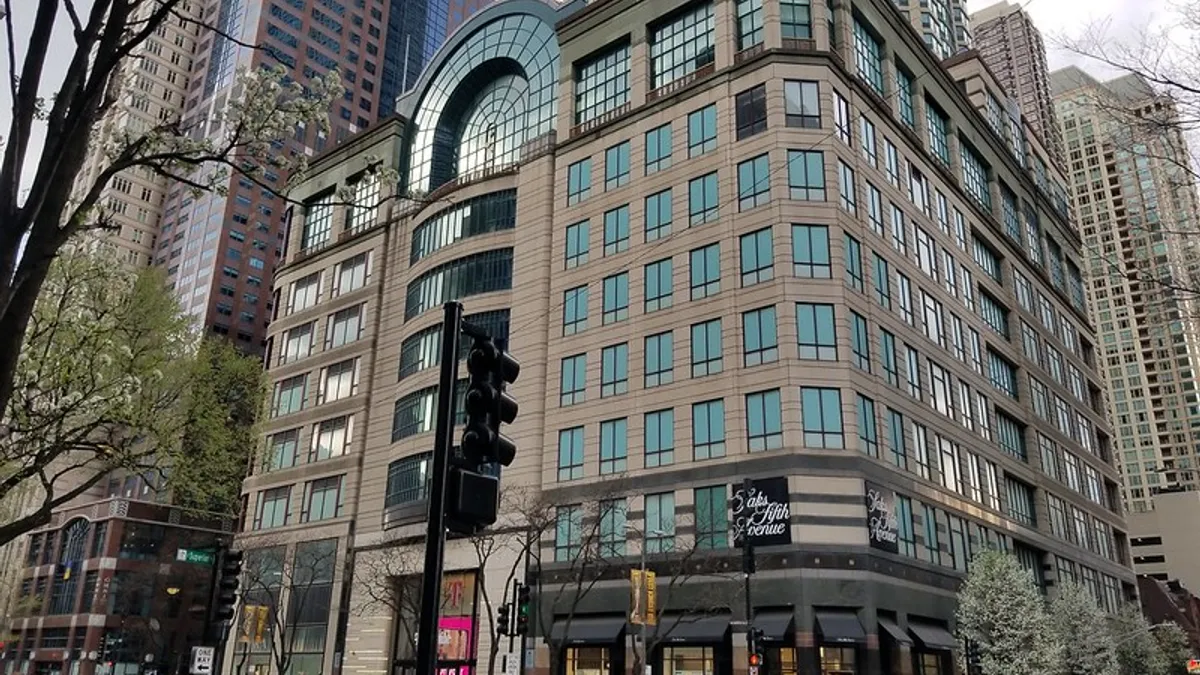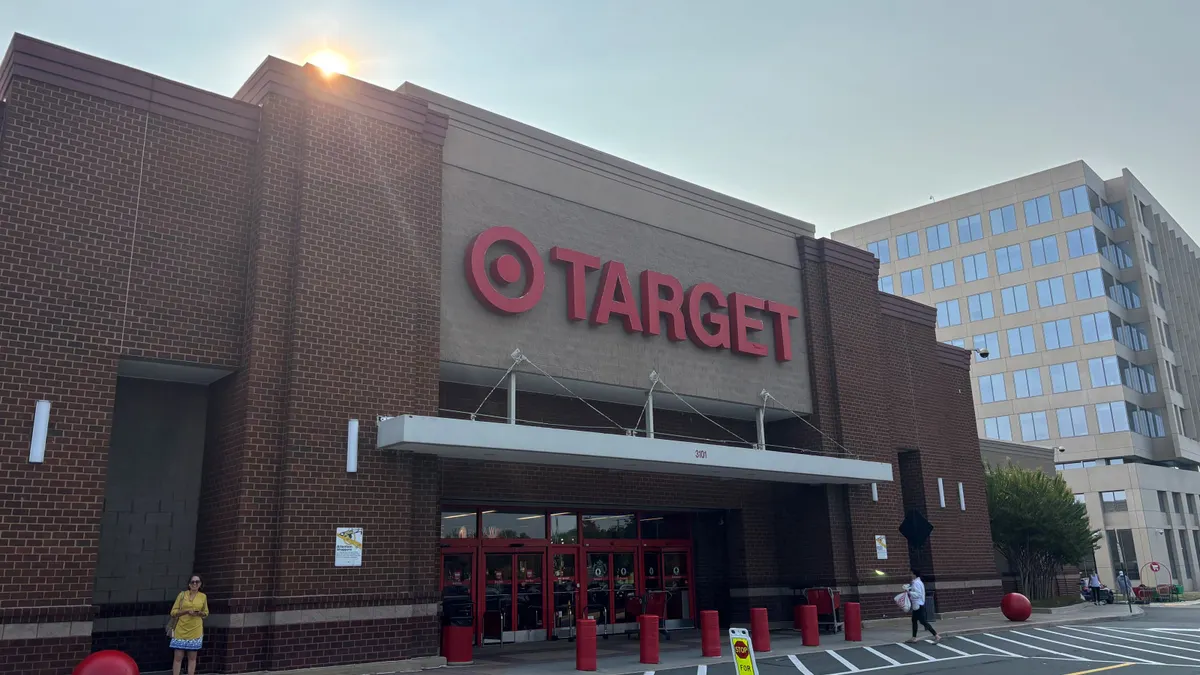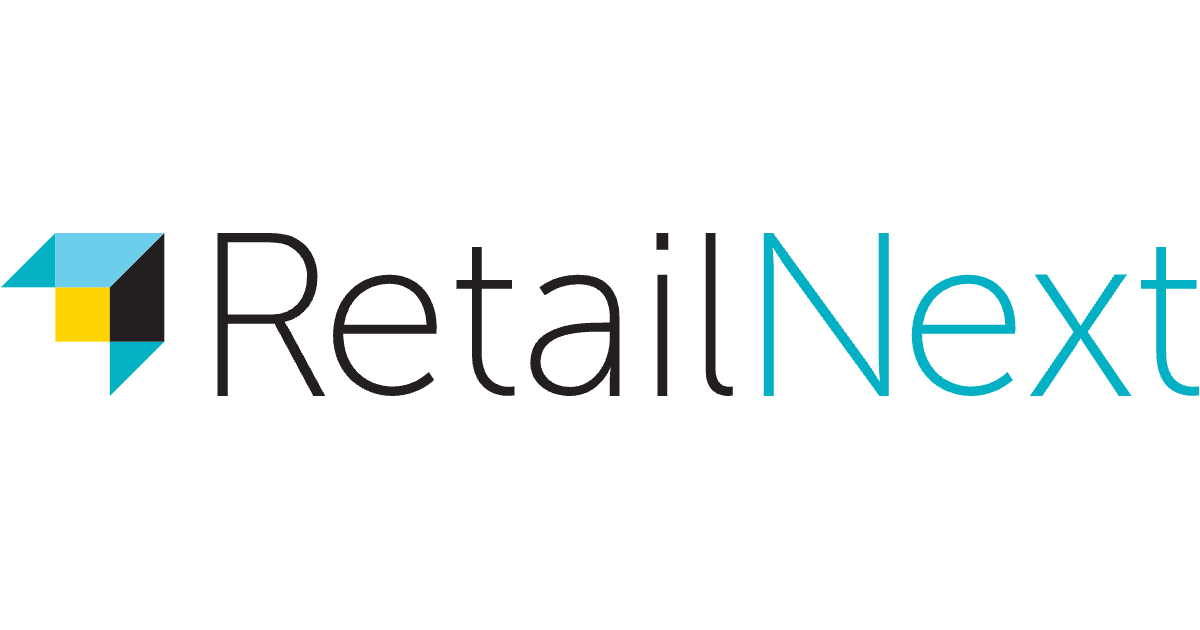Dive Brief:
-
In a Q1 report that highlights its challenges but nevertheless “slightly” beat its own expectations, Saks Global Friday said revenue fell nearly 16% year over year to $1.6 billion. Comparisons include 2024 results from Neiman Marcus Group, which Saks owner HBC acquired last year for $2.7 billion.
-
The department store conglomerate, whose vendor relationships have suffered over payment delays, said inventory receipts improved late in the quarter: May receipts were below expectations but June finished ahead. Inventories stood at $2.1 billion, while gross merchandise value fell 13% to $2 billion.
-
Gross profit margin was flat at 44%, “driven by improved full-price selling and inventory position following the acquisition of NMG.” Net loss widened by 38% to $232 million.
Dive Insight:
Saks Global has internal difficulties to overcome, including those troubled vendor partnerships, but weakness in the luxury sector isn’t helpful.
“The sales results are very soft, and although this includes some store closures, it underlines the fact that the business is being buffeted by the weakness in the luxury market as well as being affected by stumbles in inventory,” GlobalData Managing Director Neil Saunders said by email.
The company was prepared for this and was able to edge past its expectations in the period because it “planned for continued inventory pressures, short-term effects of our integration work and more cautious spending by core luxury consumers,” CEO Marc Metrick said in a statement.
Revenue declines worsened in the June quarter, mostly at Saks Fifth Avenue, and customer counts at Saks Global overall were down, according to Bloomberg Second Measure transaction data. Customers appear to be heading to Bloomingdale’s and Nordstrom, which are picking up revenue as a result, according to a June 30 note from Bloomberg Intelligence Senior Industry Analyst Mary Ross Gilbert.
Both she and Saunders said there’s further progress to be made in repairing vendor partnerships. Last month Saks Global executives said they had mostly smoothed things over with their wholesale partners and on Thursday Metrick said “we continue to strengthen our collaboration with our brand partners.”
But so far the company’s stance “has been too high-handed and too dismissive,” Saunders said.
“The business needs to get supplier relations firmly back on track as it needs the cooperation of suppliers to run its business effectively,” he said.
The losses in Q1 are to be expected given the freshness of the Saks-Neiman merger and its attendant costs, according to Saunders.
“However, they underscore the fact that the business is not working financially,” he said. “With the high levels of debt the group has, this is something it cannot afford over the longer term. Saks has to pay its way and it has to generate cash. If it doesn’t, it is going to run into difficulties.”
Total debt for the Saks Global credit group (excluding SO5.com, the off-price e-commerce business) at quarter’s end was $4.4 billion, including about $1.1 billion in borrowings under an asset-based loan, $2.2 billion of senior secured notes due in 2029, and a $1.25 billion non-recourse mortgage on the Saks Fifth Avenue flagship store in New York City. Total liquidity was $326 million, including $23 million of cash and cash equivalents and $303 million available under an asset-based revolving credit facility.
On Thursday, Saks Global reiterated that it has secured $600 million in financing from a majority of its existing bondholders, including a $400 million first-in, last-out asset-based credit facility and $200 million in additional commitments. Some $300 million of the FILO has been funded, with the remaining $100 million subject to a bond exchange expected to close next month. Metrick also said again that it’s “on track to reach our accelerated annualized cost reduction target of $600 million over the next few years.”
In its release, Saks Global called itself “a leading luxury retail and real estate company,” which hints at the potential of its property holdings. The primary collateral behind the $2.2 billion in bonds financing the Neiman merger includes the Saks Fifth Avenue flagship in New York, 21 Neiman Marcus stores and “several Saks unencumbered properties,” according to Gilbert. While Saks is reportedly mulling a sale of some of that, its balance sheet would benefit from improvements in its retail operations, she said.
“We think the company needs to invest in the customer experience and vendor relationships to reclaim its luxury authority, which has been tarnished by aggressive tactics to conserve cash,” she also said.















